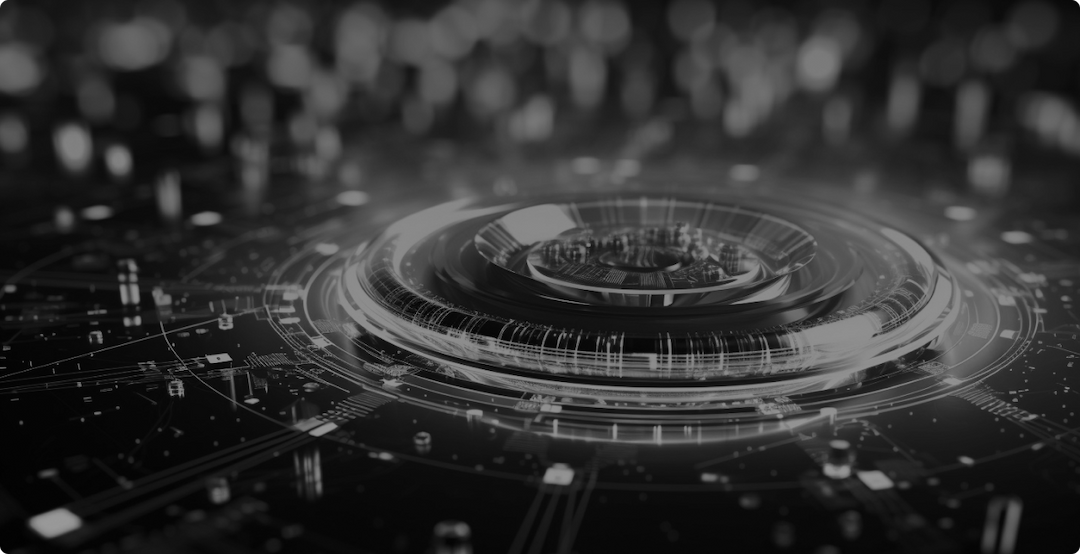
Technology
November 1, 2023
Many companies rely on artificial intelligence and machine learning to detect malware since conventional methods can fulfill this task effectively. In the realm of cybersecurity, Microsoft has integrated GTP4 with their extensive security model, trained on trillions of security events, to create Security Copilot, a product designed to enhance defense in incident response. Nevertheless, there are inherent risks associated with the adoption of AI in security practices.
Some companies overrely on AI, where they prioritize machines over humans, and it can empower attackers to find new ways of exploiting AI-based technologies. Little do we know, AI is uncertain, and we cannot use it to execute security actions solely since it might make some incorrect decisions. As attackers continue to evolve and devise methods to outsmart AI, it underscores the enduring importance of other aspects of security.
Role of AI in Cybersecurity in 2023
The development of Artifical Intelligence in cyber security has a huge impact on literally everyone. AI-driven threats are changing the landscape of traditional attack methods like cryptography, prevention, and social engineering. In this blog, we will explore how AI is shaping cybersecurity. AI is a rapidly emerging technology that leaves its mark on various sectors, including cybersecurity. It brings automation to tasks, helps in threat detection and response, and enhances decision-making processes. AI is used in the following ways in cybersecurity:
1. Malware Detection
AI examines code or behavior to detect malware, using machine learning to identify known patterns and even discover new, previously unseen malware.
2. Phishing Detection
AI analyzes email content and structure to identify phishing attempts, using natural language processing to pinpoint suspicious keywords and phrases. It can also recognize phishing emails sent from compromised accounts.
3. Intrusion Prevention
AI monitors network traffic to identify unauthorized system access and detect threats that may originate within an organization.
4. Risk Assessment
AI evaluates the likelihood of a cyberattack by analyzing past incidents and the current state of an organization's security. It also identifies potential vulnerabilities that attackers could exploit.
5. Incident Response
AI automates the handling of cyberattacks, including incident categorization, deploying remedies, and recovering from damage. It can also predict the impact of an attack and prioritize actions accordingly.
Why use AI for Cybersecurity?
Artificial intelligence (AI) has rapidly emerged as a game-changing ally in the world of cybersecurity. Its integration into the realm of digital defense has revolutionized the way we protect our sensitive data and networks. Here are compelling reasons why using AI for cybersecurity is not just a choice but a necessity:
1. Real-time Threat Detection
AI systems are highly adept at analyzing vast amounts of data in real-time. This capability enables them to swiftly identify and respond to potential threats, even those that are constantly evolving.
2. Automation and Efficiency
AI can automate routine cybersecurity tasks, freeing up human experts to focus on more complex and strategic security challenges. This leads to a significant increase in operational efficiency.
3. 24/7 Vigilance
AI systems never sleep, providing around-the-clock vigilance and rapid response to threats, which is essential in today's digital landscape where cyberattacks can occur at any time.
4. Scalability
AI systems can easily scale to handle increasing data and security needs. They can adapt to the growth of an organization and its evolving security requirements.
5. Reduced False Positives
AI's advanced algorithms reduce false positive alerts, which helps security teams focus on genuine threats, making their efforts more effective.
6. Adaptive Security
AI can adapt to changing threat landscapes and adjust security measures accordingly. This dynamic response is crucial in the face of constantly evolving cyber threats.
How Can Businesses Ensure Ethical Use of AI in Security?
It is a grave challenge for businesses to ensure the ethical use of AI in security. As AI technology continues to advance, it becomes increasingly important to prevent bias and discrimination in AI algorithms. Businesses can achieve this by focusing on several key practices.
It starts with obtaining data with proper consent and taking into account the copyrights and licenses. Rigorous testing and penetration testing are essential to identify and rectify potential biases in AI systems. Furthermore, training data should comprehensively represent the relevant domain and context and ensure that AI predictions are reliable and accurate for security users.
Businesses must conduct a thorough assessment of the potential costs associated with inaccuracies and communicate these to all stakeholders. They can make progress and ensure the ethical use of AI in security.
Conclusion
In conclusion, the alliance between AI and cybersecurity is undeniably promising, representing a beacon of hope in the ever-escalating battle against cyber threats. As AI continues to evolve and mature, it empowers us with unprecedented capabilities to defend our digital industry. AI's real-time threat detection, advanced malware identification, and adaptive security measures offer a level of protection previously unimaginable.
However, it's essential to recognize that this alliance is not without its challenges. While AI enhances our security posture, it also demands continuous vigilance and ethical use to prevent potential misuse and vulnerabilities.

